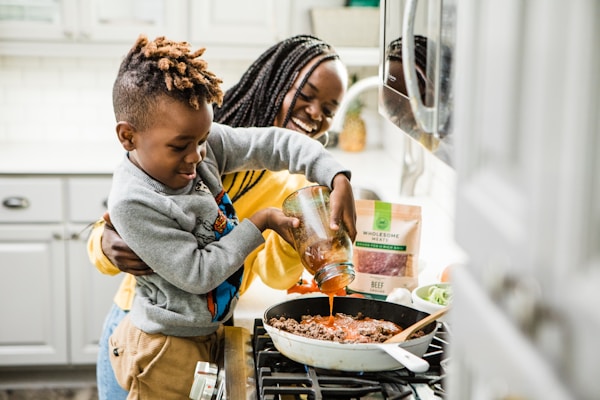When couples divorce, one of the most difficult decisions they must make is determining custody of their children. In many cases, the parents are able to come to an agreement that works for all parties involved. However, when an agreement can’t be reached, the court will intervene and make a determination.
The Court’s Role

Generally, the court will award custody to one parent or the other based on what is in the best interests of the child. There are a number of factors that the court will consider when making this determination, including the child’s age, the parents’ relationship with the child, and the parents’ ability to cooperate and make decisions together.
If the court determines that it is in the best interests of the child to live with one parent, the other parent will typically be granted visitation rights. These visitation rights can be modified if the parents later agree to a different arrangement or if the court determines that it is no longer in the child’s best interests to have visitation with the parent.
If you are considering divorce and have questions about custody, it is important to speak with experienced family law attorneys our abogados de familia en Denver. An attorney can help you understand your rights and can guide you through the process.
Sole Custody vs. Joint Custody
There are two types of child custody arrangements that the court may order: joint custody or sole custody. With joint custody, both parents share responsibility for the children and make decisions about their care and upbringing together. Sole custody is when one parent is responsible for the children and makes all decisions about their care and upbringing. The children will live with this parent most of the time. Sole custody is usually only ordered if joint custody is not workable or if one parent is not fit to take care of the children.
In most cases, the court orders joint custody. Joint custody is when both parents share responsibility for the children and make decisions about their care and upbringing together. With joint custody, the children will live with one parent most of the time, but will spend time with the other parent as well. This schedule can be set up however works best for the children and the parents.
Factors That Impact Custody Rulings

The court will consider a variety of factors when making a determination about custody, including the children’s best interests. Some of the things the court will look at include the children’s age, their relationship with each parent, their health and educational needs, and whether either parent has been abusive or neglectful. If the parents are unable to agree on a custody arrangement, the court will order sole custody to one parent or joint custody. In most cases, the court will award joint custody unless there is a compelling reason to do otherwise.
Parents who are seeking a custody arrangement should be prepared to provide the court with evidence that their arrangement is in the children’s best interests. This may include documentation of their parenting plan, letters from teachers or doctors, or other evidence that shows they are capable of providing a stable home for their children.
The court will also look at the parents’ history, including any history of domestic violence or child abuse. The court may also consider the parents’ financial situation and whether either parent has been ordered to pay child support in the past.
If one parent is seeking sole custody, the parent must prove that the other parent is not fit to care for the children. This may include evidence of drug or alcohol abuse, mental illness, or a history of neglecting the children.
It is important to remember that the court’s goal is to make the best decision for the children, and not to favor one parent over the other. If you are seeking a custody arrangement, it is important to be patient and to present the court with the best possible case for your children.







